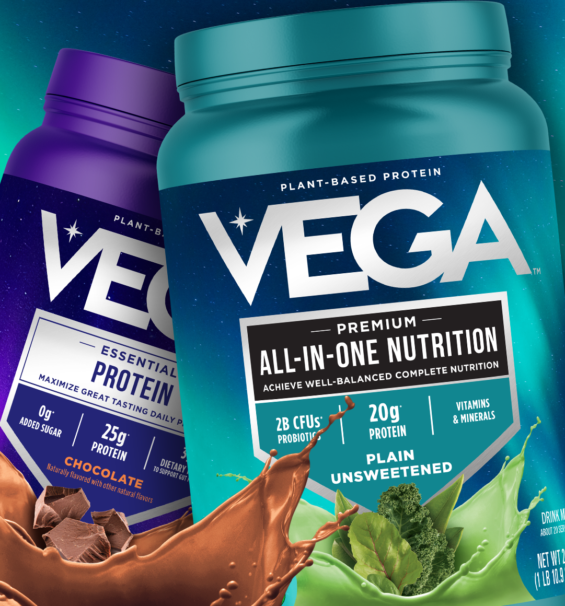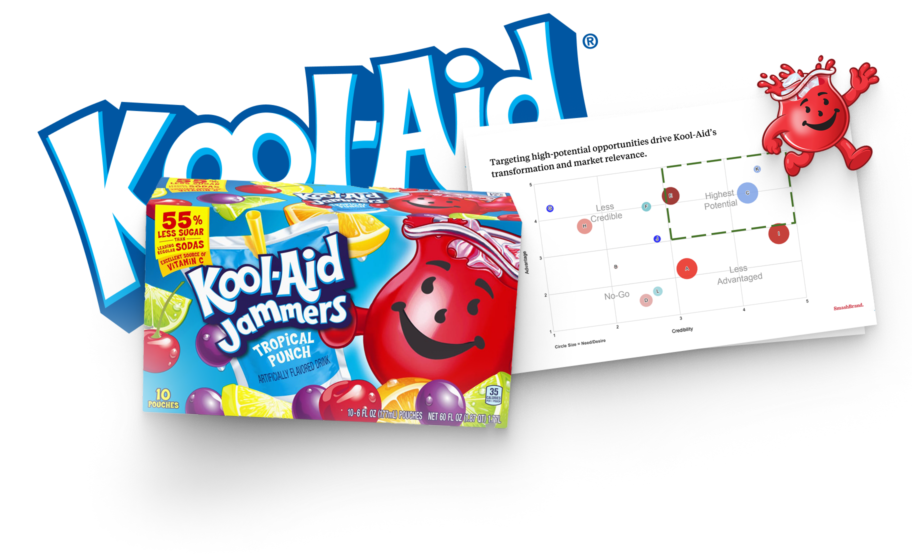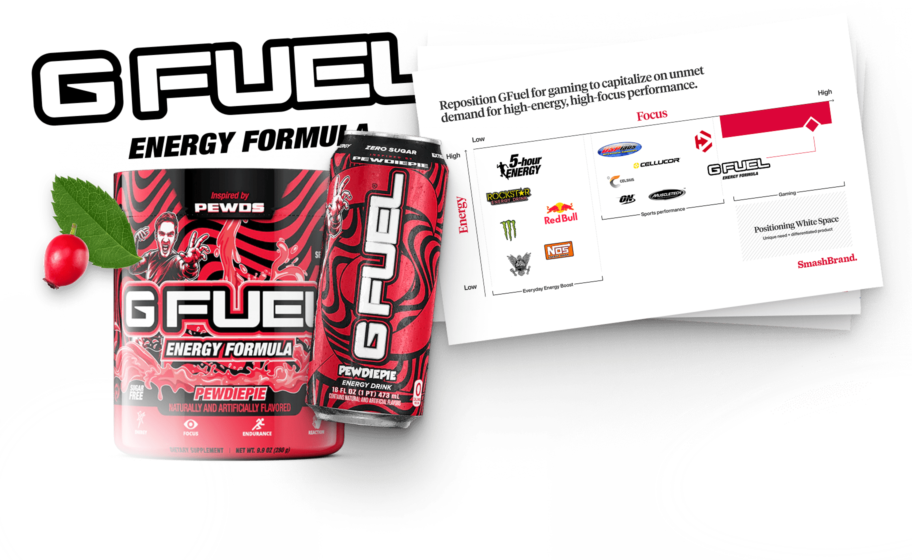There is a widely held assumption that CPG ecommerce is an easier strategy for success. The idea of low overhead and easier management are enticing features for selling your consumer packaged goods online. CPG E commerce is not that simple.
Without the right Ecommerce strategy, your website may become a glorified virtual business card where the only customers visiting your site do so because of existing brand awareness. Listen up if you are an established consumer goods brand or a new emerging business beginning with a DTC strategy. This article provides a long-term approach to CPG success in retail stores and online platforms.
CPG Ecommerce starts with product packaging.
In CPG and ecommerce, your product’s packaging is crucial in grabbing attention. The first impression matters, whether on a physical or a CPG digital shelf. Successful Amazon FBA sellers understand this well, leveraging high-quality 3D image sets to create a more immersive experience. These visuals help mimic how consumers interact with a CPG commerce strategy, making the product feel more tangible and increasing brand recall and purchase intent.
An effective CPG ecommerce strategy starts with optimized packaging. If you haven’t undergone a brand refresh in a while, now is the time to reassess your design before diving into ecommerce development for CPG brands. The right ecommerce CPG approach ensures that packaging aligns with digital best practices, making your products stand out across platforms.
Additionally, understanding online grocery insights for CPG brands can help fine-tune packaging and messaging for better engagement. Whether building an ecommerce website for the CPG industry or refining a current CPG commerce strategy, strong packaging remains the foundation of ecommerce success.
Here’s a tip: Rather than having photos for each panel of your product, create an experience by having a bottle image that rotates 360 degrees. This enhances the customer experience.
Lead with an on-shelf strategy.
All effective strategies start with the end goal in mind. Even digitally native brands must recognize the influence of physical store shopping. Despite the rise of online retail, most CPG category purchases still happen in-store, where the shopping experience shapes consumer perception and brand loyalty. This real-world interaction provides invaluable customer insights into consumer habits and how shoppers engage with your product.
Before investing heavily in an ecommerce platform, brands should test their product information, customer engagement, and packaging in a controlled, simulated buying environment. This method allows CPG executives to evaluate purchase intent, brand recall, and profit margins in a competitive retail setting.
Even well-established brands with a substantial market share shouldn’t assume their history guarantees success on the digital shelf. A powerful CPG category presence requires optimizing packaging and messaging for retail partners and media networks. Testing new packaging with potential customers eliminates assumptions, ensuring your brand stands out across in-store and ecommerce platforms.
Before fully pursuing online retail, refine your product’s retail media strategy and on-shelf performance—because first impressions matter no matter where consumers shop.
Traveling down the virtual aisle.
Many CPG firms believe that selling direct-to-consumer (DTC) eliminates the challenges of working with retailers. But, CPG e-commerce platforms have their own set of obstacles. Search engines function as digital gatekeepers, much like traditional retailers, controlling visibility and access to potential customers.
A CPG manufacturer must compete for both paid and organic rankings in Google Shopping and search results—not just against other CPG brands but also against review sites, recipes, and various content sources. This competition makes CPG market research and understanding consumer preferences essential for success.
Some brands shy away from digital commerce due to these complexities, but even a CPG marketing strategy based on social media faces similar hurdles. Digital commerce isn’t necessarily easier than in-store sales—it’s just different. To maximize e-commerce sales, brands must integrate customer data and consumer data to create a seamless experience across both physical and digital shelves.
Success in today’s CPG market requires a strategy that blends traditional retail insights with CPG KPIs, market trends, and evolving customer behavior. By aligning online and in-store efforts, brands can enhance the customer experience and stay ahead of emerging CPG trends.
Entering the evaluation stage.
Once a potential customer lands on your website, the evaluation stage begins. Unlike a traditional retail shelf, where competing products fight for attention, your CPG product now has the consumer’s undivided focus. At this moment, your landing page must deliver a compelling message that drives conversion.
This is where package design plays a critical role. Before launching, brands should conduct thorough testing and a competitive product audit to understand how their messaging, visuals, and overall presentation compare to industry leaders. Effective development at this stage ensures that your product resonates with consumers, leading them from consideration to purchase.
Now, let’s explore what makes a winning digital presence—this is where things get interesting.
Designing based on your product packaging.
Are you going to listen to us and gather the right data through on-shelf product testing? If so, you will now have the most important graphic design element and product messaging, taking consumers from evaluation to the register.
Unless you build demographic-specific landing pages, your website’s central theme will be what lives on your product packaging. Your imagery and messaging should resonate with your brand essence. It should flow from the website logo to the product packaging, all the way to the footer of your website.
Amplify your product messaging.
Like our strategy for on-shelf product testing, your website development begins with a white design and sales copy most important to your conversation with the consumer. This begins by amplifying your product messaging by turning the bullet points into brief explanations of their meaning.
This doesn’t mean long-form, as online consumer behavior shows that they will scan, not read, your sales page. So extend your primary message so that it is long enough for them to get the gist but short enough to get them to the next purchase driver.
Add what didn’t make the package.
Product packaging only holds so much space. Through testing, you will have a deep insight into the most critical purchase drivers, but adding all of them may lead to clutter and a reduction in buyer intent. Your website is a perfect opportunity to include sales copy that missed the pack.
Thanks to not-so-new advances that many top web development agencies employ, including these messages in your responsive web design is easy. Make sure you take the same approach to your packaging, testing how these messages impact consumers’ “add to cart” action. Testing for message resonance will undeniably affect your E-Commerce sales.
Match your package design with your website design.
Countless sites create a disconnect between their website and their product packaging. Unless your website includes sub-brands, your overall website theme should have brand elements that match what we find on the pack.
Bob’s Red Mill is a good example of this process. Their font style, color scheme, and imagery are all considered for both on-pack and online success. While not the same, there certainly isn’t any friction between the label and the website’s design.
Let the page breathe.
Just as you should let a label breathe, you should also let your website design breathe. A cluttered website is the fastest way to have the E-Commerce audience hit the exit button.
Your brain may explode with ideas about what you want to put on the page, but don’t let it get carried away. As with your product packaging, test each page’s asset to determine its viability in the overall design. Just because you can doesn’t mean you should.
Anything that does not cut the sales page can become a part of a content marketing strategy to support the success of your product.
Create a visual experience.
Stir up the imagination of your consumer. The benefit of having the consideration phase be online vs. in hand is using imagery to stir up emotions, experiences, and subjects important to shoppers. Alcohol marketing does a great job of removing you from your current stressors and putting you in your favorite location with your favorite people. Even if you are selling a bag of almonds, make the same level of consideration with your sales page.
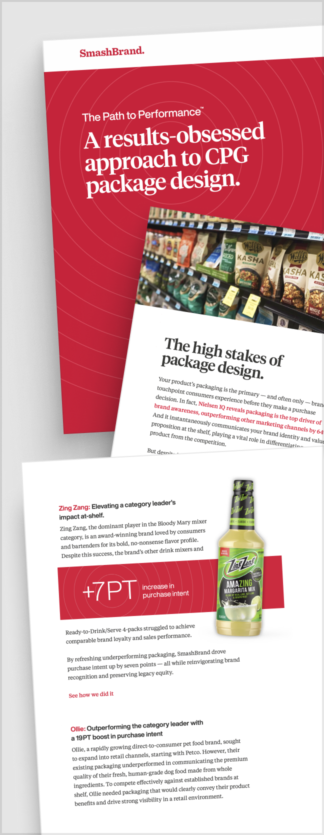
Path to Performance™
Taking a results-obsessed approach to CPG package design.
Learn how SmashBrand’s proprietary process – rooted in scientific principles, informed by data, and validated by your target audience – takes the guesswork out of package design and delivers guaranteed results.
Making it to the register.
Here is where most brands fail. Most CPG companies minimize the product at the point of check out. Your product doesn’t get smaller at the register in a store, so why should it get smaller on your checkout page?
According to the Baymard Institute, 68% of consumers abandon online shopping carts. Compare that to how few people tell the clerk they have changed their mind about a product. So, while congratulating you for getting your product to the checkout page, we should remind you that your job is not done. It’s time to get to work!
Companies such as Amazon have recognized this issue. Each product page has a buy now button, which is why they made the now illegal dash buttons (such a shame!). But not everybody likes a spontaneous purchase without consideration. The checkout page is and will always be an essential page that requires sales optimization.
You have a product packaging strategy and an add-to-cart strategy, and now you need a checkout strategy. Where most CPG brands focus on upsells at the point of purchase, they may make more money by increasing the number of people who buy the intended item. Focusing on upselling before purchase could create a squirrel syndrome where shoppers investigate that new shiny object, forgetting why they first appeared on the website.
Maybe you should save the upsell until after shoppers have made their intended purchase.
Your second sales page.
Think of your checkout page as your second sales page. The space you have for selling your product depends on your product catalog. Amazon has difficulty with this since its catalog is so vast that they must leave room for a shopping basket full of products.
Your CPG catalog is not as extensive, but you still will not sell in the same way as your main page. Once you have determined a safe space for your image and copy, create it accordingly. For example, a spirit seltzer drink might include a photo of two friends with their cans at the beach as they smile into the sunset. Couple this with an easy checkout process and your demographics’ preferred payment methods, and you have a recipe for success.
Your split testing from beginning to end.
Most testing occurs on the sales page, but we strongly advise you not to get stuck in the middle. If you want your CPG brand to experience serious growth, you need to test from beginning to end. This means starting with the initial design process all the way to the point where shoppers come back for a repeat purchase.
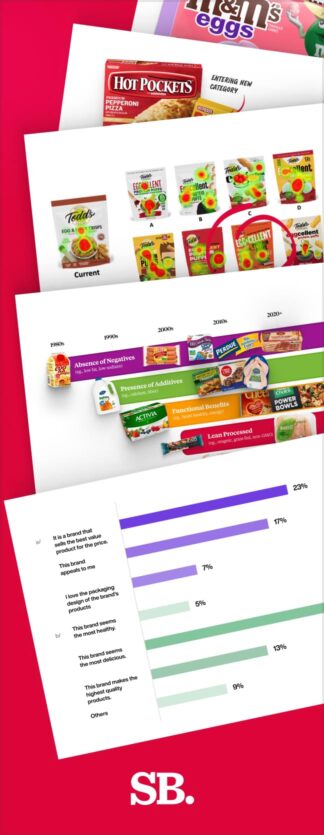
Nice Package
Don’t miss out on our monthly newsletter Nice Package!
Each month, we deliver a data-driven newsletter directly to your inbox, unpacking a critical topic in the FMCG & CPG industry.
"*" indicates required fields
Data-driven package design agency.
Do you want to maximize your CPG sales? SmashBrand helps companies experience customer success through package design strategy and on-shelf testing. Our methodology builds brand awareness for new products while encouraging brand loyalty in line extension.
Discuss your project with our team to find out how we can help you build a best-selling brand.
Subscribe to
Nice Package.
A monthly newsletter that unpacks a critical topic in the FMCG & CPG industry.
Free Resource.

CPG product repositioning guide.
Explore the five undeniable signs your CPG product needs repositioning along with strategies for leveraging consumer insights for a guaranteed market lift.
Learn More About CPG product repositioning guide.
